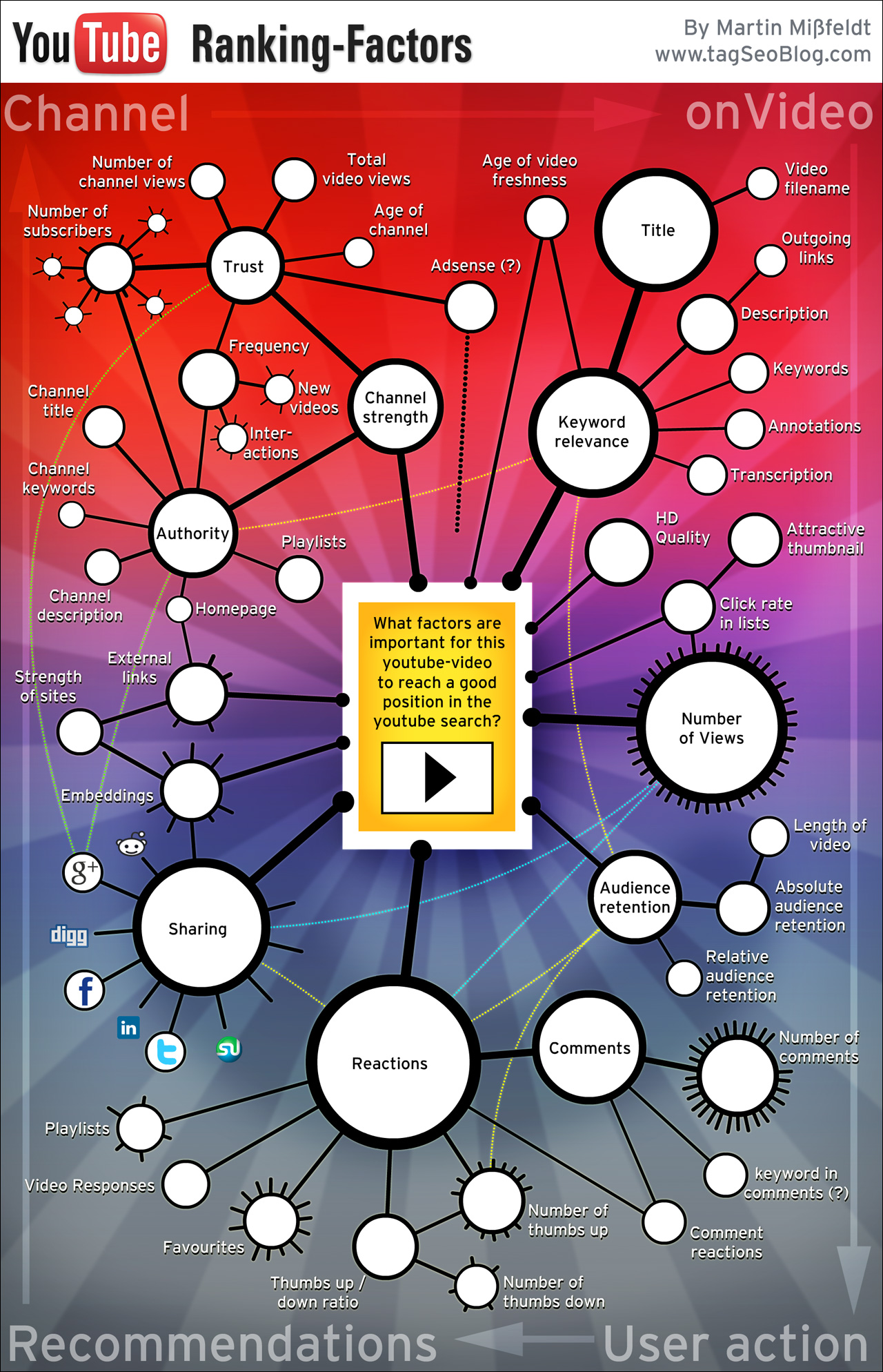Desiring To Discover The Developing Background Of Pediatric Dentistry
Desiring To Discover The Developing Background Of Pediatric Dentistry
Blog Article
Material Author-Jennings Page
As you discover the complex journey of pediatric dentistry, mapping its development from the past to today and glimpsing right into the future, you'll discover a tapestry woven with technology and treatment. From historic milestones to current trends and future opportunities, the landscape of pediatric dental care is ever-changing and loaded with potential. All set to uncover the secrets of exactly how this field continues to adapt and flourish, ensuring brighter smiles for generations to come?
Historical Turning Points in Pediatric Dentistry
Throughout background, pediatric dentistry has seen substantial advancements and landmarks that have shaped the field right into what it's today. One vital turning point was the establishment of the initial dental college in 1840, where dental care started to be identified as a customized field calling for specific expertise and skills. As the field progressed, the early 20th century saw the introduction of dental X-rays, changing diagnostics and therapy planning for pediatric clients. In sedation dentistry and high blood pressure , the advancement of fluoride therapies in the mid-20th century considerably improved preventative treatment and minimized the frequency of dental cavity in kids.
Another turning point in pediatric dentistry was the creation of the American Academy of Pediatric Dental Care in 1947, which intended to advertise optimum oral health and wellness for kids. This organization played a critical duty in setting criteria for pediatric dental care and progressing study in the field. additional resources laid the structure for modern-day pediatric dental care, highlighting the value of specialized take care of youngsters's dental health.
Current Trends in Pediatric Dental Treatment
Integrating ingenious modern technology and personalized preventative techniques, modern pediatric dental treatment remains to adapt to the progressing requirements of young patients.
The following trends display the existing landscape of pediatric dental treatment:
1. ** Digital Dentistry **: Digital impacts, 3D imaging, and CAD/CAM technology are reinventing the way pediatric dentists diagnose and treat dental health and wellness problems in youngsters. These innovations enhance precision, performance, and client convenience throughout dental treatments.
2. ** Tele-Dentistry **: With the surge of telemedicine, tele-dentistry has emerged as a convenient method for pediatric dentists to supply examinations, follow-ups, and also certain therapies from another location. This strategy boosts accessibility to care, specifically for individuals in rural or underserved locations.
3. ** Preventive Focus **: Pediatric dentistry now positions a stronger focus on preventive measures such as sealers, fluoride treatments, and early orthodontic interventions. By advertising great dental health habits and regular oral check outs from a young age, practitioners intend to avoid oral problems before they rise.
Future Developments in Pediatric Dentistry
Looking ahead, pediatric dentistry is poised to introduce innovative innovations and innovative approaches to further enhance the oral healthcare of young patients.
One interesting improvement on the horizon is making use of 3D printing in producing custom oral devices like braces and mouthguards, offering a much more accurate and comfy fit for kids.
Furthermore, virtual reality (VR) technology is being explored to help in reducing dental anxiety in young people by offering immersive disturbances throughout treatments.
Nanotechnology is one more area of passion, with the potential to establish nanomaterials that can remineralize teeth and avoid dental caries better.
Tele-dentistry is also gaining traction, allowing for remote examinations and surveillance, which can especially profit youngsters in rural or underserved locations.
Moreover, hereditary screening might quickly play a role in individualized preventive care, determining youngsters's tendencies to particular dental wellness conditions.
These innovations represent an exciting future for pediatric dental care, promising boosted end results and experiences for the youngest oral individuals.
Conclusion
As you reflect on the advancement of pediatric dentistry, bear in mind that innovations in technology and individualized treatment remain to shape the area.
Imagine a youngster named Emily, who took advantage of a 3D printed dental home appliance that perfectly fit her distinct requirements, ensuring her convenience and oral health.
The future of pediatric dental care holds amazing possibilities, offering cutting-edge options to boost the dental experiences of young patients like Emily.
